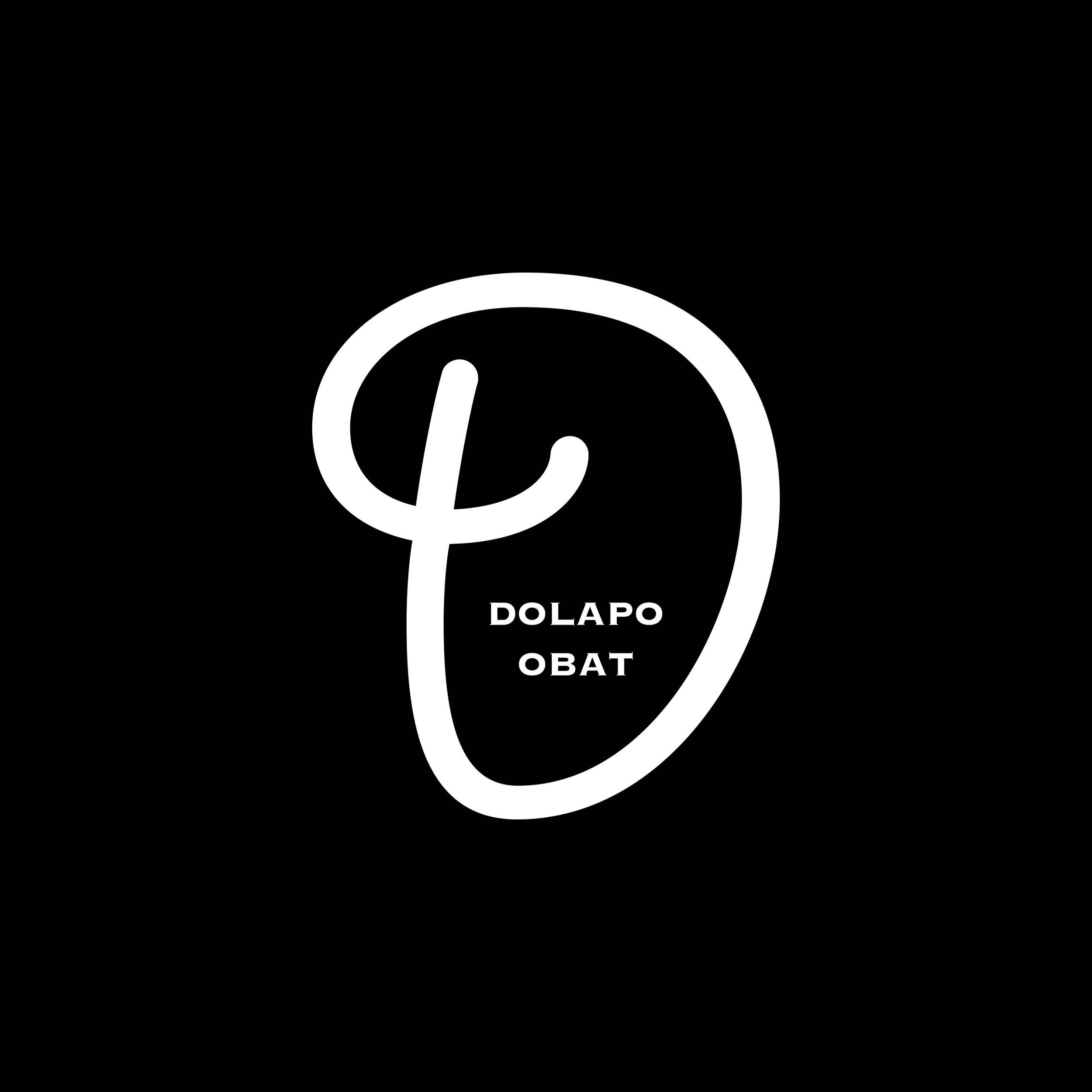Romuald Hazoumè: A Visionary Artist of Cultural Critique and Transformation
Romuald Hazoumè
In the realm of contemporary art, few artists possess the ability to captivate, challenge, and transform as Romuald Hazoumè does. Hailing from Benin, West Africa, Hazoumè is a visionary artist whose work transcends conventional boundaries, inviting viewers to confront pressing global issues while experiencing the rich tapestry of African culture. This article delves into the captivating world of Romuald Hazoumè, exploring his artistic journey, cultural influences, and his unique ability to weave social critique into transformative art.
Early Life and Formative Influences
Born in 1962 in Porto-Novo, Benin, Romuald Hazoumè grew up amidst a backdrop of vibrant traditions, rituals, and the ever-present echoes of colonial history. Benin's complex history and rich cultural heritage deeply influenced Hazoumè's artistic sensibilities, igniting his desire to use art as a means of cultural reclamation and critical examination.
As a child, Hazoumè witnessed the cultural and spiritual significance of masks, vessels, and objects used in traditional ceremonies. These early experiences left an indelible mark on him, fueling his exploration of the transformative power of objects and his desire to challenge preconceived notions through his art.
Sculptural Transformations and Cultural Critique
One of Hazoumè's most iconic and celebrated bodies of work is his series of "masks," which are not traditional masks in the conventional sense but rather sculptural assemblages made from discarded plastic containers and jerrycans. These striking and evocative sculptures are a masterful blend of form and concept, drawing from both African artistic traditions and contemporary commentary on global issues.
The masks, often adorned with intricate patterns and symbols, serve as a powerful commentary on consumerism, waste, and the ecological impact of modern society. Hazoumè's ability to transform discarded materials into intricate and thought-provoking sculptures challenges viewers to reconsider their relationship with the environment and the objects that shape their lives.
Political Narratives and Social Commentary
Hazoumè's art extends beyond environmental concerns to address complex political narratives and social injustices. His series "La Bouche du Roi" (The Mouth of the King) is a striking example of his ability to fuse historical context with powerful visual storytelling. The series comprises over a thousand plastic petrol canisters transformed into a monumental installation, evoking the harrowing history of the transatlantic slave trade.
Through "La Bouche du Roi," Hazoumè confronts the painful legacy of colonialism and human exploitation, inviting viewers to bear witness to a history often marginalized or forgotten. The installation's title references the infamous slave ship, while the canisters themselves represent the commodification of human lives. The artwork becomes a space for remembrance, contemplation, and a call to challenge ongoing systems of oppression.
Global Relevance and Cross-Cultural Dialogue
Hazoumè's art has garnered international acclaim and has been exhibited in galleries and museums around the world. His ability to engage with global issues while maintaining a distinct African voice speaks to the power of art as a medium for cross-cultural dialogue and understanding.
In his "Guns and Roses" series, Hazoumè addresses the proliferation of arms trafficking and violence. Using decommissioned firearms, he creates intricate sculptures that juxtapose destruction and beauty, underscoring the dual nature of human endeavours. The series challenges viewers to consider the consequences of conflict and the role of the individual in shaping a more peaceful world.
Conclusion
Romuald Hazoumè's art transcends the canvas, the gallery, and the conventional limits of artistic expression. It is a force that confronts, transforms, and invites viewers to engage with the complexities of our world. From his sculptural transformations of discarded objects to his powerful political narratives and social commentaries, Hazoumè weaves a tapestry that reflects the intertwined threads of culture, history, and the human experience.
In a world grappling with environmental crises, social injustices, and historical legacies, Hazoumè's art becomes a beacon of transformation—a reminder that creativity has the power to challenge perceptions, foster empathy, and drive positive change. Through his visionary work, Romuald Hazoumè invites us to confront uncomfortable truths, engage in critical dialogue, and reimagine our role in shaping a more just, compassionate, and interconnected world.

